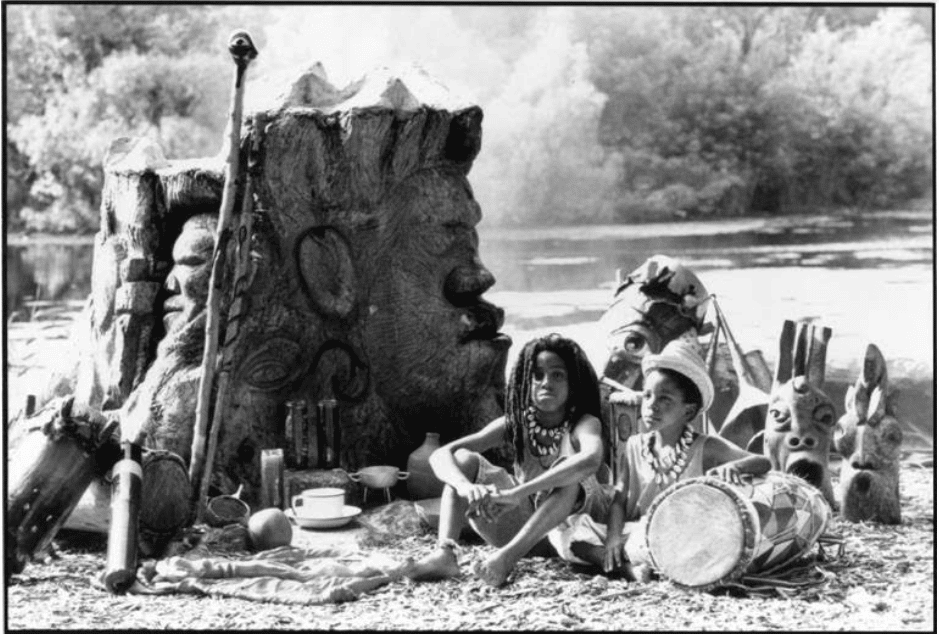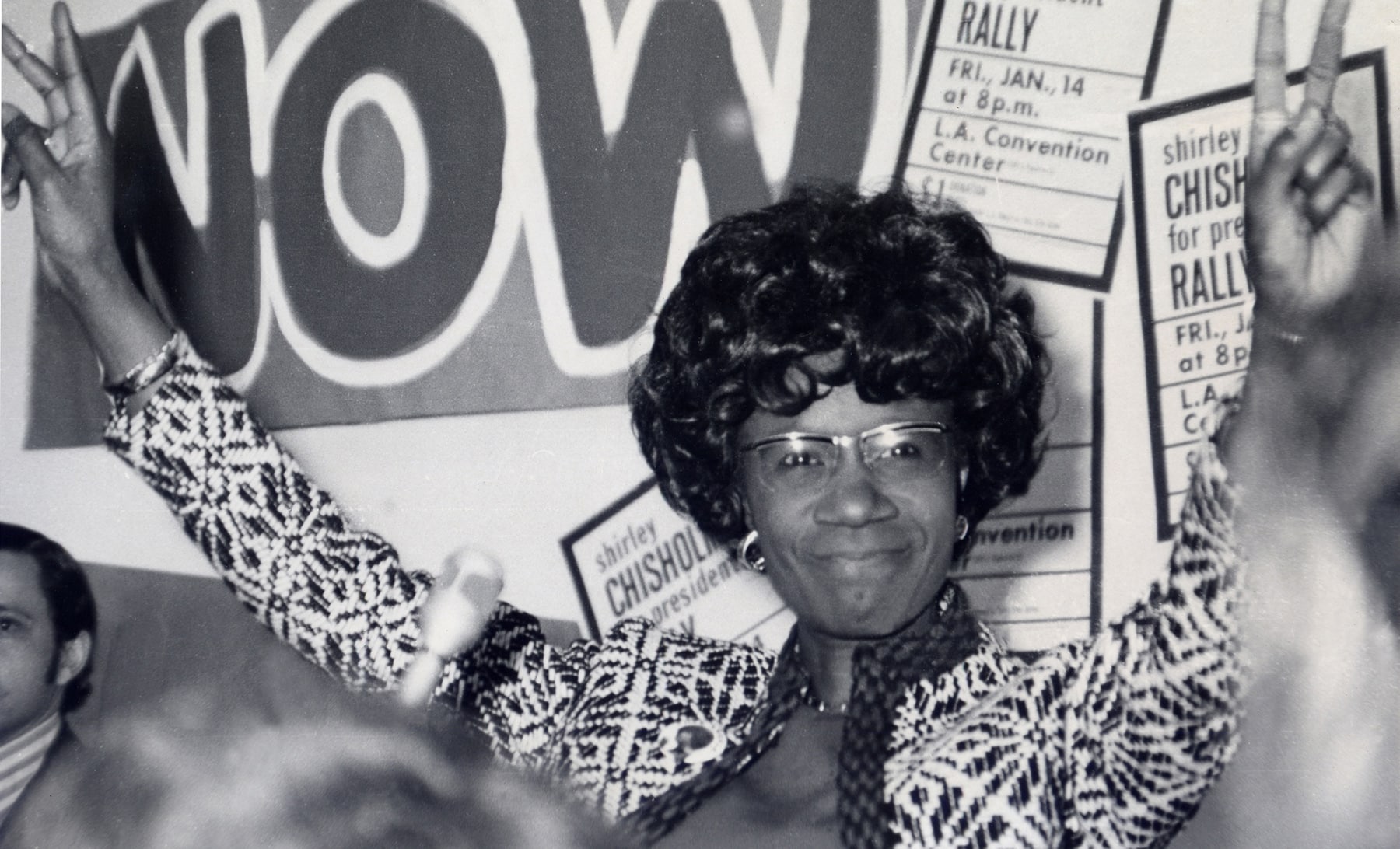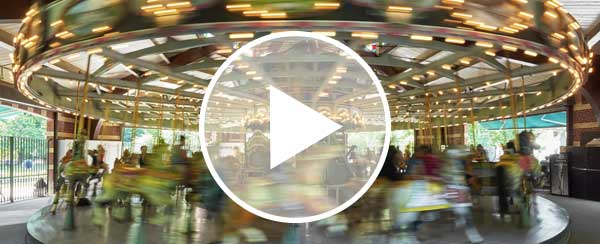Prospect Park’s Presidential Trivia
February 11, 2021
Got U.S. presidents on the brain? Between the recent inauguration and the upcoming President’s Day holidays, we decided to take a look back to the United States presidents of the past who left their mark on our very own Prospect Park. Take the quiz and test your presidential and park knowledge!
The Presidents + The Park Quiz (answers below):
- Though this president never visited Prospect Park, he has two likenesses here—who is it?
- Which president’s daughter viewed a parade of school children on the Long Meadow in 1950?
- Which president appears in a beloved monument in bronze on the back of his horse, Cincinnati?
- Which president used the south Long Meadow as a makeshift helipad during a visit to Brooklyn?
- Which president attended the dedication of Soldiers and Sailors Memorial Arch in 1892?
- What president’s monument was re-installed in Prospect Park in 2010?
- Which president’s home was temporarily recreated in Prospect Park in the 1930s?
Answers below!
Answer 1. Abraham Lincoln
Prospect Park is home to not one, but two sculptural renditions of Abraham Lincoln. The first, pictured below, was first erected in Grand Army Plaza in 1869, and moved to the Concert Grove in 1895 where it remains today, overlooking the Lake. This was the very first statue memorial to President Lincoln after his assassination in 1865 and was the park’s first monument, added just two years after Prospect Park first opened to the public in 1867. The second, pictured above, can be found on the Soldiers’ and Sailors’ Memorial Arch at Grand Army Plaza.
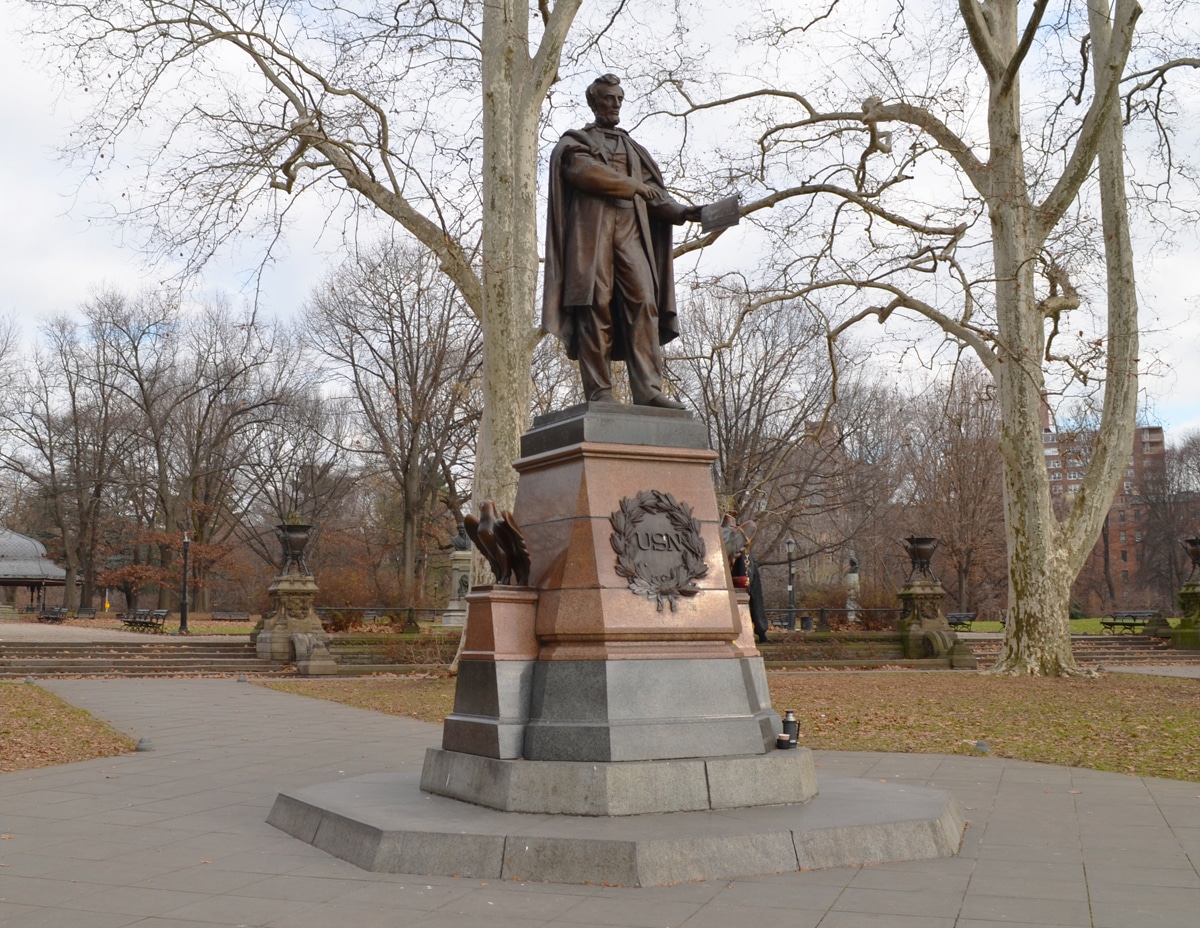
Answer 2. Harry Truman
The 33rd president’s daughter, Margaret Truman Daniel, visited Prospect Park and attended a parade of Protestant school children on the Long Meadow during her father’s term in office.
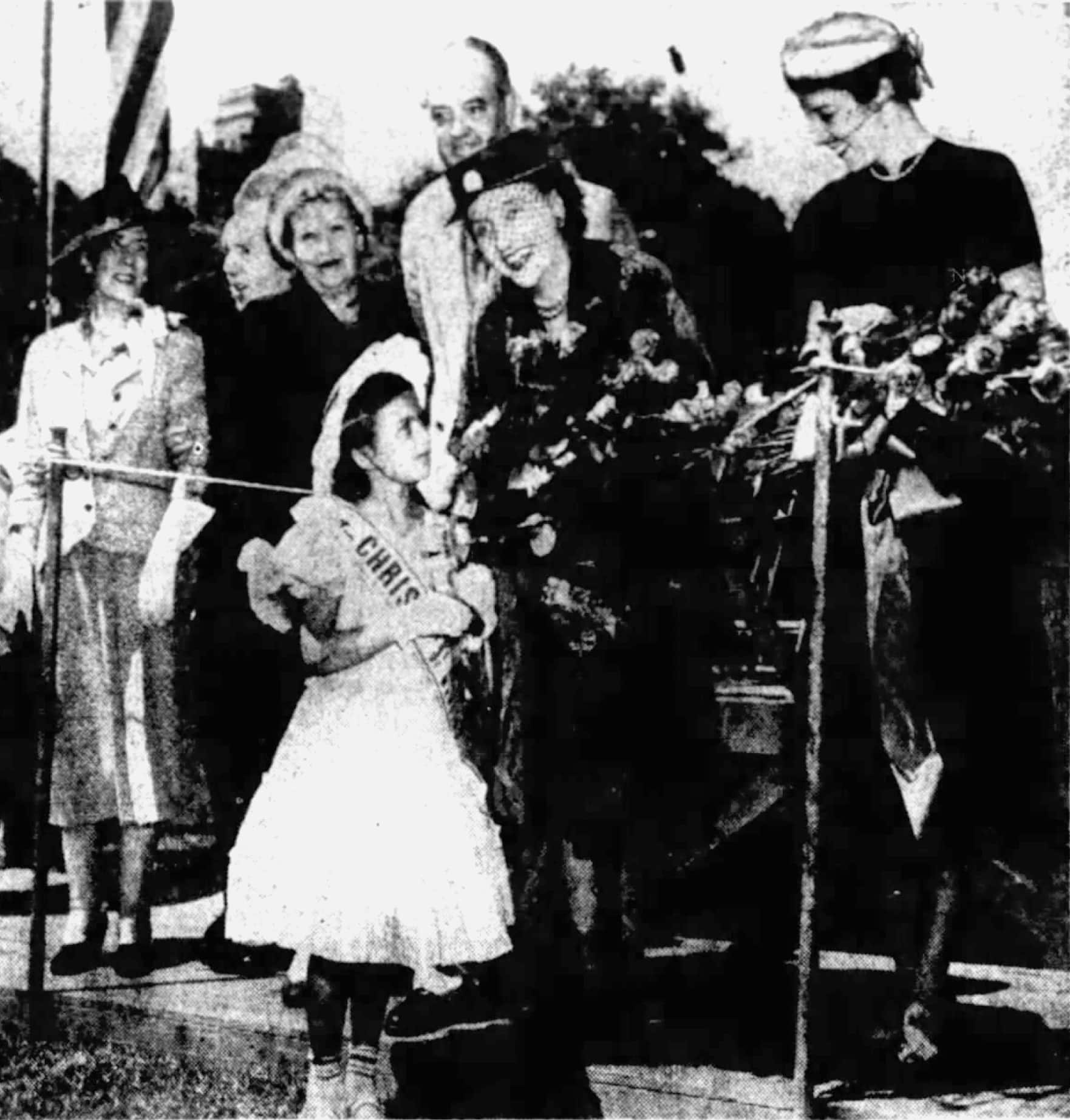
Answer 3. Ulysses S. Grant
An equestrian statue of President Grant atop his horse Cincinnati can be found on the Soldiers’ and Sailors’ Memorial Arch at Grand Army Plaza opposite the above statue of Abram Lincoln. The arch, which commemorates the Union victory in the Civil War, includes these unusual relief sculptures from creators Thomas Eakins and William R. O’Donovan. The reliefs were originally meant to adorn the front of the arch, were criticized for the unusual proportions and lack of grandeur, and were eventually moved to inner faces of the arch piers.
Answer 4. Barack Obama
Many of us remember when Marine One landed on the Prospect Park Ballfields in October 2013 carrying then-president Barack Obama. He was on his way to give a speech at a school in Crown Heights and hundreds gathered on and around the Long Meadow to try and catch a glimpse of the 44th president. President Obama is no stranger to Brooklyn, having lived in Park Slope at 640 Second Street for a year in the mid-1980s. As he told the student’s at Pathways in Technology Early College High School during that 2013 visit, “When I was living here, Brooklyn was cool, but not this cool.”
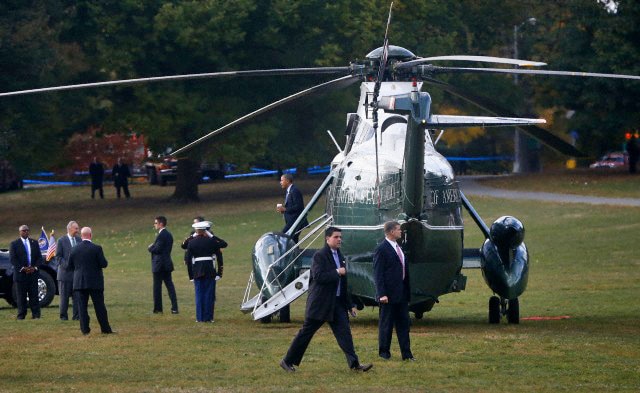
Answer 5. Grover Cleveland
President Cleveland was on hand with General William Tecumseh Sherman to lay the cornerstone of the Soldiers’ and Sailors’ Memorial Arch at Grand Army Plaza at the dedication ceremony in 1892. The arch resembles the famous Arc de Triomphe in Paris, though at eighty-by-eighty feet, Brooklyn’s arch is substantially smaller than it’s French counterpart which stands at 162 feet.
Answer 6. John F. Kennedy
In 1965, two years after the assassination of John F. Kennedy, a bronze bust of the late president by Neil Estern was installed at Grand Army Plaza. It was recently recast and reinstalled in it’s current location at the north end of the Plaza in 2010. It is the only statue honoring President Kennedy in New York City.
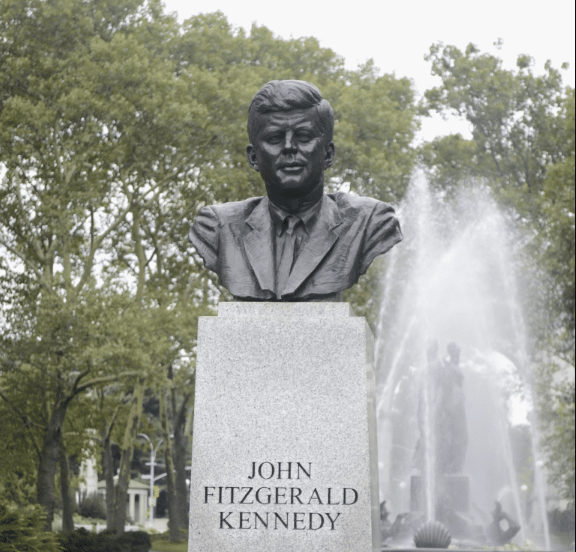
Answer 7. George Washington
Strange as it may seem, a replica of George Washington’s home, Mount Vernon, was erected on the Prospect Park Peninsula in 1932 to commemorate the bicentennial of his birth, complete with a Presidential impersonator. From then until 1934, when it was taken down, crowds lined up to pay admission to see the elaborate gardens and meticulously recreated interiors.
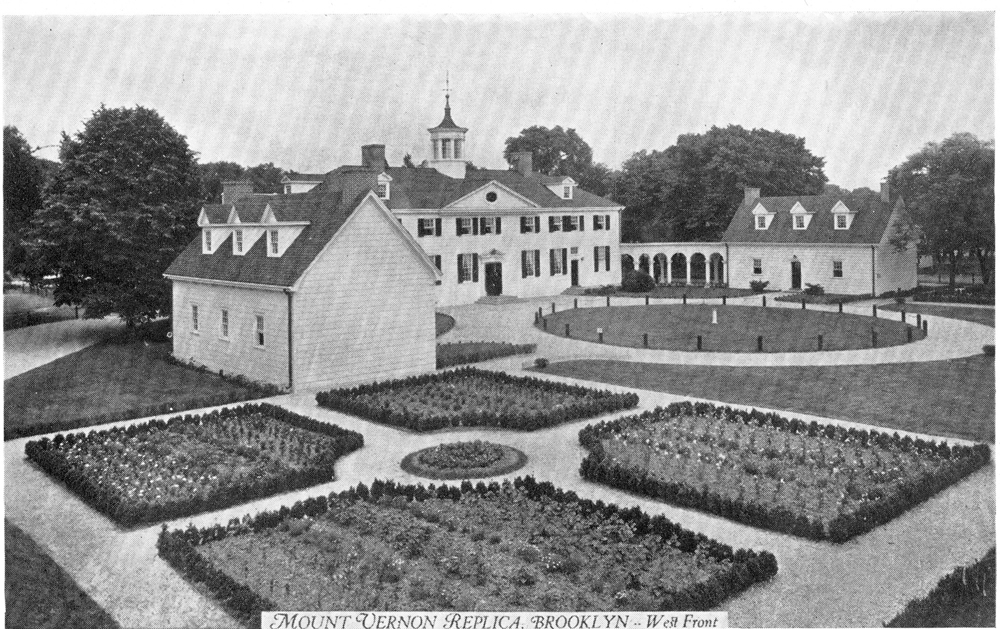
Enjoy more online games and activities on our Virtual Prospect Park page!
